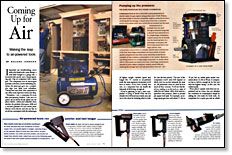
Synopsis: Roland Johnson uses his air compressor for powering many things in his shop: finish nailers, orbital and inflatable drum sanders, die grinders, blow guns, drills, and as a vacuum generator for his veneer press. Almost every electric tool has an air-driven counterpart with the advantages of lighter weight, variable speed, and longer life. He explains here how air compressors work, what tools work well with them, how to buy one, and how to assess ratings (cfm and psi). He says to look for durable materials and practical sizes and explains how to choose hoses. He details couplers and flexible hoses in various grades and sizes and explains how to maintain the compressor and its parts to extend its life.
I launched my woodworking career with a few hand tools, some clamps, a used lathe bought at a garage sale, a borrowed belt sander and a brand-spanking-new 5-hp air compressor with a spray gun. The compressor was an extravagant purchase at the time, but for refinishing furniture, the spray gun gave me a competitive edge over other local refinishers. Twenty-two years later, that compressor is one of the most important tools in my shop.
Nowadays, I use a compressor for more than just spraying finishes. I also use it to power my air-driven finish nailers, orbital and inflatable drum sanders, die grinders, blow guns, drills and a vacuum generator for my veneer press. Almost every electric tool you use has an air-driven counterpart with the advantages of lighter weight variable speed and longer life. To convert to air-powered tools, the most expensive investment you’ll have to make—if you don’t already own one—is a compressor that can handle the demands of delivering enough air.
If you’re planning to buy a new compressor or trying to decide if the one you already own will meet your needs, you can cut to the chase by knowing what to look for. The size of the compressor you’ll need will depend on which tool you use that demands the most air. All pneumatic tools are rated by how much air they consume. You’ll see that listed in a catalog or on the tool as a ratio of cubic feet per minute (cfm) of air used at a specified tank pressure, listed as pounds per square inch (psi). For example, an average spray gun uses only about 11 cfm at 50 psi, but an orbital palm sander consumes about 12 cfm at 90 psi. A compressor has to deliver enough air for the tool with the highest rating—in this case, the orbital sander.
If you plan to operate more than one airpowered tool at a time, you can calculate the combined air consumption simply by adding the cfm totals for both tools. (A compressor for a spray gun and an orbital palm sander would have to deliver at least 23 cfm at 90 psi.) Also, you should add at least a 25% margin over the rated consumption, just to be sure the system will run efficiently. If you intend to use a second pneumatic device only intermittently, the compressor could be a bit smaller.
From Fine Woodworking #130
For the full article, download the PDF below:
Fine Woodworking Recommended Products

Stanley Powerlock 16-ft. tape measure

Festool Cleantec CT 26 E HEPA Dust Extractor
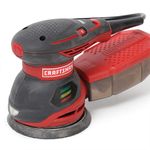
Craftsman Random Orbit Sander



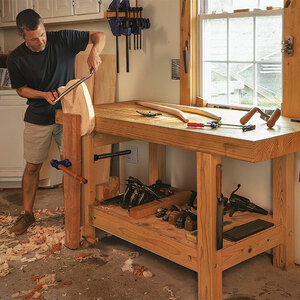
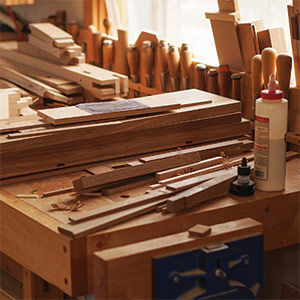
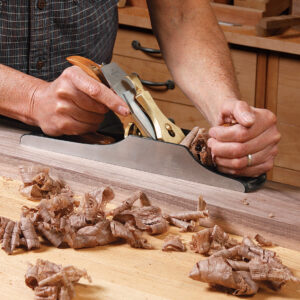
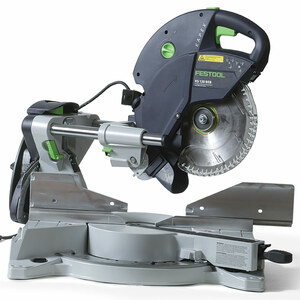















Log in or create an account to post a comment.
Sign up Log in